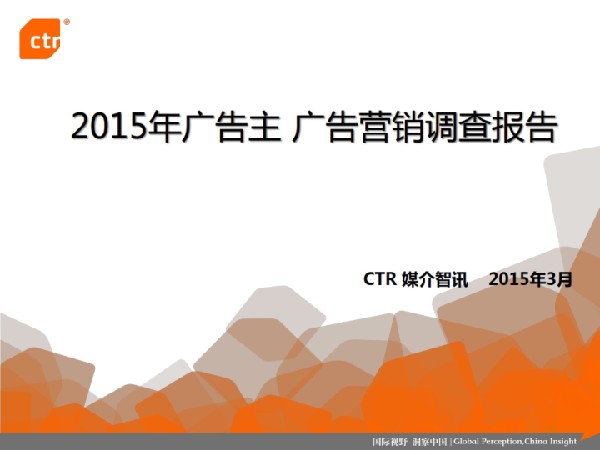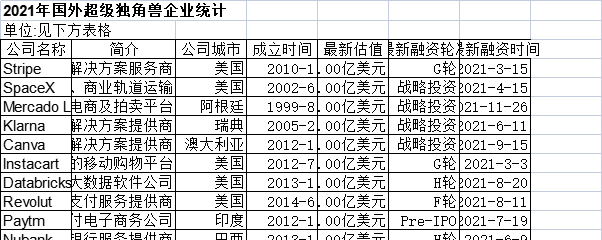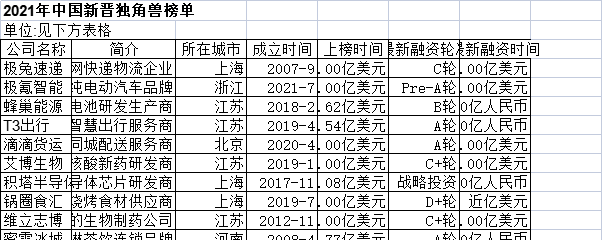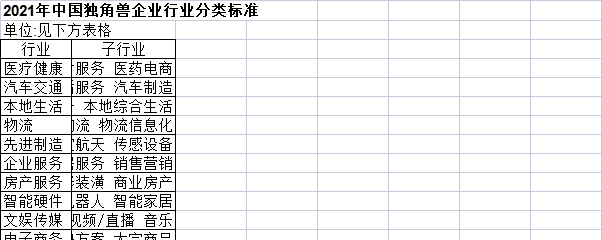"大连城市化调查报告"相关数据
更新时间:2022-01-142015年广告主广告营销调查报告
省级卫视依然是多数广告主的首选,中央电视台则较去年有所下降数字电视投放连续3年有所提升。70%广告主在2014年做过广告植入,以综艺节目、电视剧植入为主,认为植入效果评估和植入方式方面远远不能满足需求。
2015年初,广告主对行业和企业的信心较去年都有所提升,尤其是对行业发展方面提升尤为明显。
2015年增加营销预算比例降至09年以来的最低点,预算缩减的比例处于近7年的最高水平,说明企业主对未来的预期有所降低。
2015年预算分配构成的各部分比例变化中,数字化营销和终端推广费用在企业传播中所占比例增加较高,硬广预算下降最多。
2015年的营销重点区域以二线城市和三线城市为主,同时也是最先考虑增加营销费用的区域;最先考虑减少营销费用的区域则是一线城市。
2015年的营销重点区域以华东、华中和华南地区为主,最先考虑增加营销费用的区域则主要集中在华东地区;最先考虑减少营销费用的区域则是西北地区。
精准传播成为主流趋势,媒体受众与目标受众的契合度是近3年来广告主选择营销工具的最主要依据。
从最近2年来看,广告主实际选择的营销工具都在逐步增多,尤其体现在互联网移动端和活动类营销。
与新媒体联合营销的观念得到大多数广告主的认同,同时电视的主导地位也得到广告主的认可。
【更多详情,请下载:2015年广告主广告营销调查报告】

 2018年中国上海传统户外广告花费品牌统计Top10该数据包含了2018年中国上海传统户外广告花费品牌统计Top10。全景在2018年的花费同比变化为25.5829500013534%。2018年发布时间:2020-04-15
2018年中国上海传统户外广告花费品牌统计Top10该数据包含了2018年中国上海传统户外广告花费品牌统计Top10。全景在2018年的花费同比变化为25.5829500013534%。2018年发布时间:2020-04-15 截至2011年中国电影票房分账比例情况该统计数据包含了截至2011年中国电影票房分账比例情况。其中国产片、进口批片、进口分账片影院票房分账比例为50-52%。2011年发布时间:2020-06-24
截至2011年中国电影票房分账比例情况该统计数据包含了截至2011年中国电影票房分账比例情况。其中国产片、进口批片、进口分账片影院票房分账比例为50-52%。2011年发布时间:2020-06-24 2021年国外超级独角兽企业统计该数据包含了2021年国外超级独角兽企业统计。Stripe简介为美国支付解决方案服务商,公司城市为美国,成立时间为2010-1,最新估值为950.00亿美元,最新融资轮次为G轮。2021年发布时间:2022-01-14
2021年国外超级独角兽企业统计该数据包含了2021年国外超级独角兽企业统计。Stripe简介为美国支付解决方案服务商,公司城市为美国,成立时间为2010-1,最新估值为950.00亿美元,最新融资轮次为G轮。2021年发布时间:2022-01-14 2021年中国新晋独角兽榜单该数据包含了2021年中国新晋独角兽榜单。极兔速递简介为科技型互联网快递物流企业,所在城市为上海,成立时间为2007-9,上榜时间为200.00亿美元,最新融资轮次为C轮。2021年发布时间:2022-01-14
2021年中国新晋独角兽榜单该数据包含了2021年中国新晋独角兽榜单。极兔速递简介为科技型互联网快递物流企业,所在城市为上海,成立时间为2007-9,上榜时间为200.00亿美元,最新融资轮次为C轮。2021年发布时间:2022-01-14 2021年中国独角兽企业行业分类标准该数据包含了2021年中国独角兽企业行业分类标准。医疗健康子行业为生物技术和制药 寻医问诊 医疗机构 医疗器械及硬件 医疗信息化 医疗综合服务 医药电商。2021年发布时间:2022-01-14
2021年中国独角兽企业行业分类标准该数据包含了2021年中国独角兽企业行业分类标准。医疗健康子行业为生物技术和制药 寻医问诊 医疗机构 医疗器械及硬件 医疗信息化 医疗综合服务 医药电商。2021年发布时间:2022-01-14





